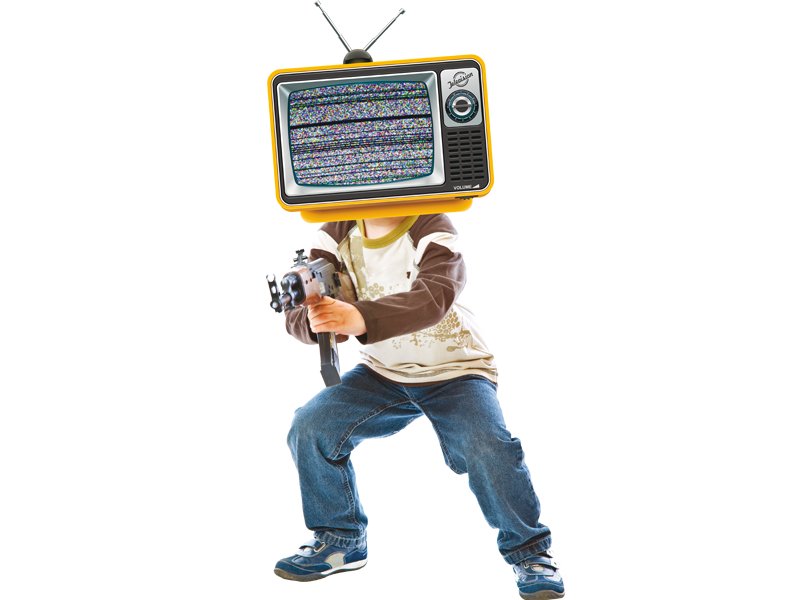
Since the 1950s, numerous research has been conducted on this phenomenon, but recent studies have turned out to be more concrete in their findings. In a 2010 article published in Psychology Today, titled Media Violence Revisited, professor Ross Buck reestablishes the link between media violence and increase in aggressive behaviour and decreased empathy in children. He concludes that despite the educational potential that the television presents, the appropriateness of its message should be given careful thought.
Since children are ill-equipped cognitively and emotionally, they are incapable of analysing all the messages they view on the screen. “The more we see something, the more we take it to be normal. It becomes habitual and you learn to accept it and imitate it,” says Alya Mian, psychotherapist and teacher. The portrayal of violence on television, mostly in cartoons or movies, is highly glamorised (practised by “good” characters), sanitised (showing no pain) and trivialised (portrayed as humourous), resulting in more and more children imitating the act based on their observational learning. The harmful effects often result in the development of aggressive behaviour, being less empathetic towards a victim or fear of becoming a victim.
“I was taken aback during a parent teacher meeting when I was informed that my child was turning into a playground bully,” says Samia, who fears her eight-year-old son has started emulating what he sees in cartoons. Since children have a tough time differentiating between fact and fiction, they tend to become more reactive rather than proactive. They mimic fantasy violence by engaging in sword fighting or gunplay even long after the cartoon is over. According to Farzeen, whose daughter is addicted to Ben 10, “She starts her homework only after watching that cartoon and has started arguing a lot more at home with her father now.”
“Communication [on the part of the parents] is key to solving this problem,” says Mian. “Contextualisation is important and parents should take the time out to explain the consequences of violence.” Along with discussing things with children, parents can monitor the programmes their children view and limit the number of hours of viewing per week. Children can also be encouraged to take up outdoor sports as an alternative to watching television.
With the effects of television violence no longer limited to childhood, as proven by longitudinal studies, monitoring and controlling their children’s viewing habits should be added to every parenting guide.
The warning signs of developing aggression:

• Intense anger
• Frequent loss of temper
• Extreme irritability
• Extreme impulsiveness
• Easily frustrated
Some international violent cartoons aired locally on cable TV:

• Ben 10
• Dragon Ball Z
• Pokemon Battle Frontier
• Transformers Animated
Dilaira Mondegarian is a subeditor on the Express Tribune magazine desk. She tweets @DilairaM
Published in The Express Tribune, Sunday Magazine, February 2nd, 2014.











































COMMENTS (1)
Comments are moderated and generally will be posted if they are on-topic and not abusive.
For more information, please see our Comments FAQ